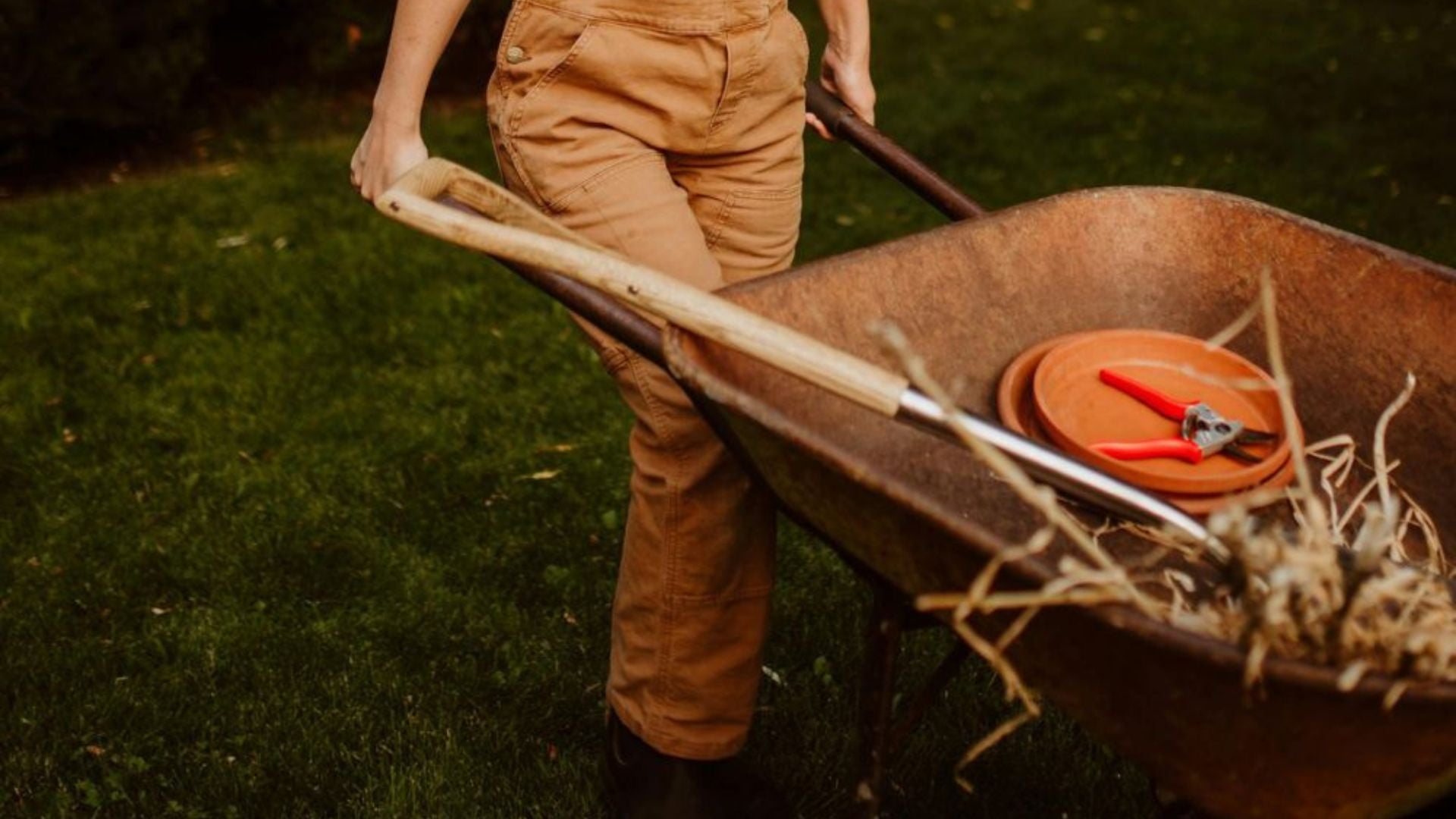
Fall: Prepping Your Peonies for a Thriving Spring
As the summer garden fades and cooler temperatures set in, it’s time to give your peony plants the care they need to rest, recharge, and return stronger next spring. Fall is a crucial time for peony maintenance, ensuring healthy growth, abundant blooms, and disease prevention for the next season.
Follow this simple fall peony care guide to keep your plants happy and ready to flourish next spring!
1. Cut Back Peony Foliage
Once the leaves turn yellow or brown it’s time to cut back the foliage. You do not need to wait fot the first frost. This helps prevent disease and keeps your garden tidy.
✂️ How to Cut Back Peonies:
- Use clean, sharp pruners to cut stems down to about 1-2 inches above the ground.
- Dispose of cut foliage: do not compost, as peonies can carry fungal diseases that overwinter in dead leaves.
If your plants showed signs of powdery mildew or botrytis, clean your pruners with alcohol between cuts to avoid spreading disease.
Note: This is only applicable to herbaceous peonies, not tree peonies, which don’t need to be cut back in the fall, and rarely need pruning except to remove dead and diseased branches in the spring.
2. Clean Up Around the Plants
Peony beds should be kept clear of fallen leaves and plant debris to minimize the risk of disease and pests overwintering in your garden.
🛠️ Fall Garden Clean-Up Checklist:
- Remove any dead leaves or spent flowers from around your peony plants.
- Lightly rake around the base to improve airflow.
- If you mulch your garden, keep mulch away from the crown of the plant to prevent rot.
3. Wait until Spring to Fertilize
The best time to fertilize peonies is early spring when they begin to sprout. Opt for a balanced granular or organic fertilizer that’s rich in nitrogen, phosphorus, and potassium. Don't over fertilize, follow package instructions regarding dosage. For those looking to nourish their peony plants while supporting a thriving soil ecosystem, organic fertilizers are the way to go, bone meal is a great choice applied in the Spring.
4. Protect Peonies in Harsh Winter Climates
Peonies are cold-hardy perennials, but in regions with harsh winters (Zones 3-4), a light mulch layer can help protect the roots.
🛡️ Winter Protection Tips:
- In colder zones, apply a thin layer of straw or shredded leaves after the ground freezes to insulate the roots.
- Avoid heavy mulching, as peony roots prefer cold dormancy.
- Remove any winter mulch in early spring to prevent rot.
Why Fall Peony Care Matters
Taking a little time to cut back, clean up, and prep your peonies in the fall ensures healthy plants and abundant blooms next spring. With proper care, your peonies will reward you with bigger, more beautiful flowers year after year!
Remember that Fall is also the best time to add more peonies to your garden by planting bare roots. Make sure to check out our selection of peony roots.



Leave a comment
This site is protected by hCaptcha and the hCaptcha Privacy Policy and Terms of Service apply.